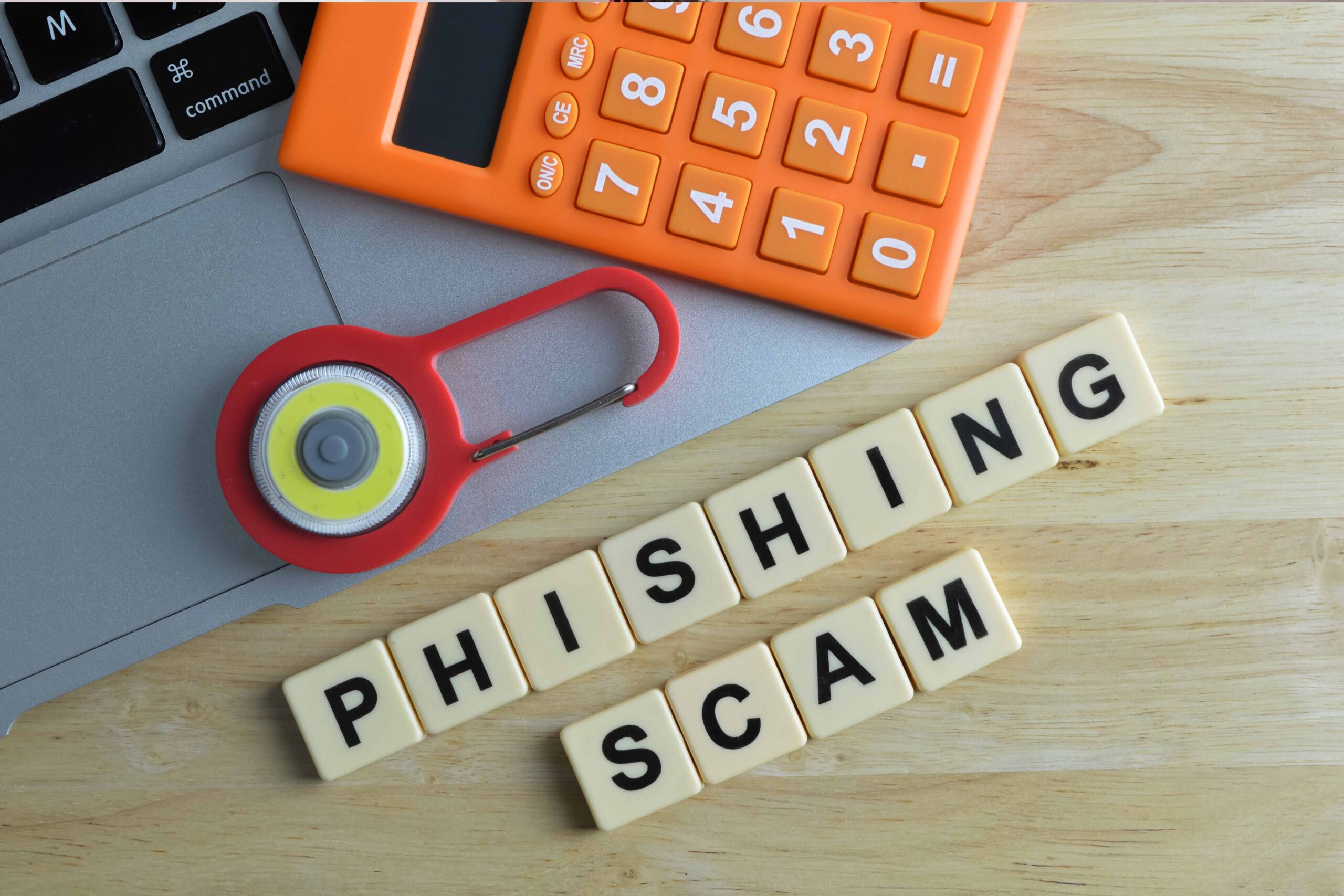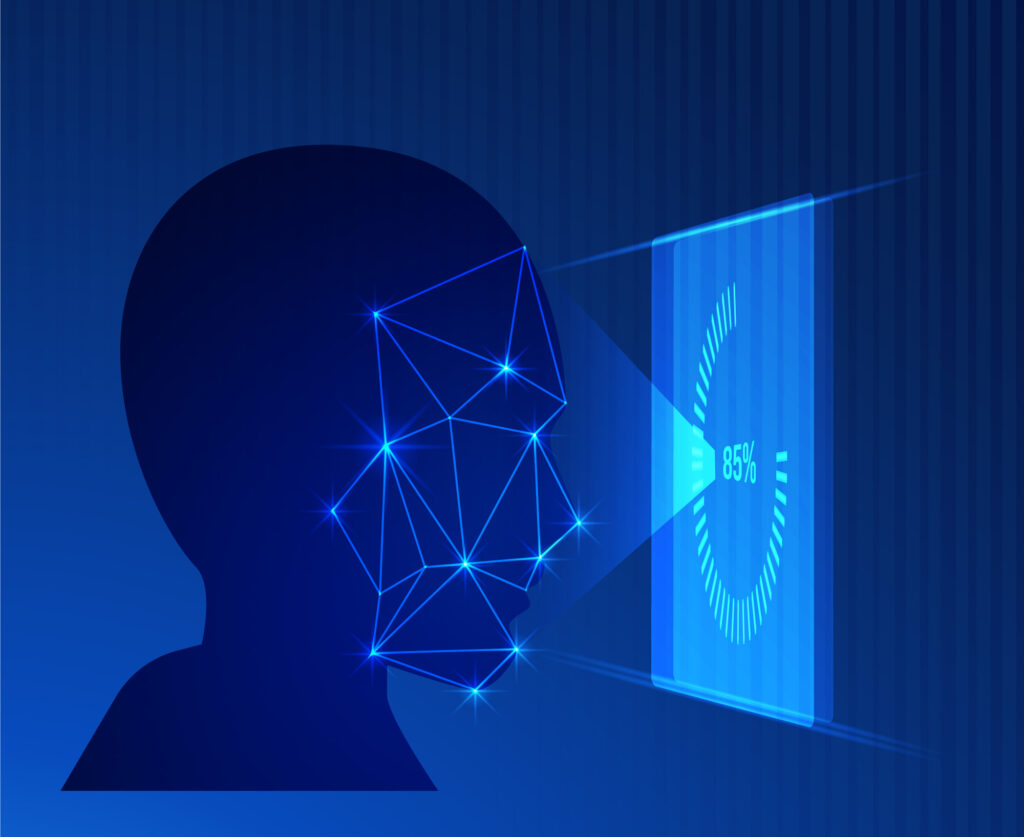5 Effective Ways to Mitigate Advanced Phishing Attacks Directed at Employees
Phishing attacks targeting employees are on the rise and becoming more common each year. Cybercriminals are always finding new ways to trick people and get hold of sensitive information without permission. With the growing reliance on digital communication and remote work, it is important for organizations to take proactive steps in fighting against these advanced attacks.
In this blog post, we will discuss five effective strategies that organizations can use to protect their employees from falling prey to advanced phishing attacks. By following these measures, companies can greatly lower the chances of data breaches, financial losses, and harm to their reputation.
What is Phishing?
Phishing attacks are like sneaky online tricks. Hackers send fake emails that seem real, pretending to be trustworthy sources like banks or famous companies. These emails may have links or attachments that can cause trouble. If someone clicks on these links or opens the attachments, the hackers can get into important company accounts. This puts employees and the organization in danger, and bad things can happen as a result.
Types of Phishing
Phishing attacks come in different forms, and it is important to understand these distinctions to effectively respond to them. Here are the four main types of phishing attacks, each with a brief description of their objectives:
- Phishing: This type of attack involves generic email attempts to deceive users and trick them into revealing sensitive information. Cybercriminals usually masquerade as trustworthy entities, such as banks or popular online services, to convince recipients to click on malicious links or provide personal data.
- Vishing: Unlike phishing, vishing attacks use cold calls instead of emails. Scammers make phone calls, pretending to be from legitimate organizations, and manipulate victims into divulging sensitive information or taking certain actions. These calls often create a sense of urgency or exploit fear to pressure individuals into compliance.
- Spear Phishing: Spear phishing takes a more targeted approach by focusing on specific individuals or groups within an organization. Attackers research their victims to gather personal information and create customized phishing attempts. By tailoring their messages and using familiar references, scammers aim to enhance credibility and increase the likelihood of success.
- Whaling: Whaling attacks are highly sophisticated and specifically target high-value individuals within an organization, such as executives or top-level employees. Cybercriminals employ email as the primary communication channel to gather sensitive information or gain unauthorized access to critical systems. These attacks often leverage social engineering techniques to deceive their targets effectively.
5 Effective Ways to Protect Your Employees from Phishing Attacks
1. Conduct comprehensive cybersecurity training for the entire company.
To protect your company’s data, it is important to teach all employees about cybersecurity. This means giving them training in how to keep information safe. It is not just for new employees but for everyone in the company. It is also important to have regular training sessions to keep everyone updated on the latest threats and how to prevent them. The training should be interesting and involve everyone so that they actively participate and learn. By creating a good learning environment, employees will remember what they learn and use it to protect the company’s data.
2. Educate employees on identifying phishing emails and conduct quizzes.
It is important to quickly spot phishing emails to keep employees safe. To help employees know when an email is fake, they need good training. Teach your staff to look out for signs like spelling mistakes, emails that do not look right, greetings that are not personal, and weird email addresses. One effective way to make sure they learn is by having quizzes during training. You can show them example emails and give them prizes for getting the right answers. This will help them get better at spotting phishing emails.
3. Provide real-life examples of data breaches caused by phishing.
Security training is important because it helps protect companies from cyber-attacks like phishing. Phishing attacks can lead to data breaches, where sensitive information gets stolen. Companies can face huge financial losses, damage their reputation, and put the personal information of their customers at risk. That is why it is crucial for employees to receive security training to understand the potential harm and take steps to prevent such attacks.
4. Utilize trusted antivirus software and keep it updated.
To keep your devices safe, it is important to have good antivirus software installed. Even if you know how to use your devices properly, mistakes can still happen, so having strong antivirus protection is necessary. Pick antivirus programs that you trust and update them regularly. If you are using devices owned by a company, the IT department or service provider should keep an eye on the antivirus software. And if you use your own personal devices, make sure to install and keep up-to-date antivirus software too. By doing these things, you can make your systems more secure and reduce the chances of getting viruses or other harmful things.
5. Involve executives in the security initiative.
It is important to remember to include top-level executives in security training. Sometimes, they are not included because people think they have more important things to do or already know enough. However, executives can be targeted in special types of cyber-attacks because they have access to valuable information. To protect against these risks, it is crucial to make sure that everyone in the organization, including executives, receives security training.
Conclusion
In conclusion, organizations must stay vigilant in protecting employees and sensitive information from advanced phishing attacks. Implementing the discussed strategies—security training, robust email filtering, multi-factor authentication, activity monitoring, and a culture of cybersecurity—significantly mitigates risks. Remember, cybersecurity is an ongoing process that requires continuous monitoring and adaptation. Prioritizing employee security helps stay ahead of cybercriminals and safeguard valuable assets in the digital landscape.




